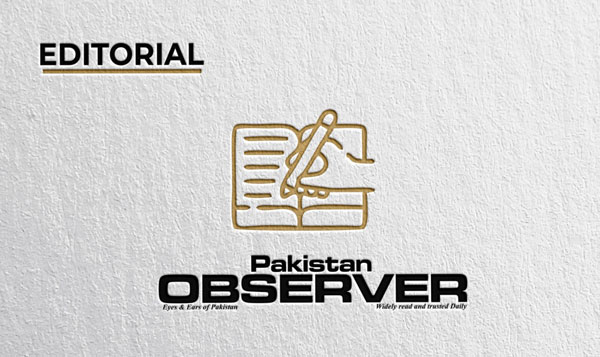The latest report by Ministry of Finance has once again exposed deep- rooted structural weaknesses and financial inefficiencies plaguing our state-owned enterprises (SOEs).
Covering the first half of fiscal year 2024–25, the report reveals that over 15 SOEs have collectively incurred staggering losses of Rs5.89 trillion. These recurring losses are not new, they reflect a systemic failure that has spanned several years, turning public entities into burdens rather than contributors to the economy.
For many years, successive governments have tolerated the bleeding of SOEs, resulting in a massive burden on the national exchequer. These enterprises, originally established to deliver essential public services and stimulate industrial growth, have become chronic liabilities. The energy and infrastructure sectors are the worst performers, with entities like National Highway Authority and power distribution companies reporting billions in losses. The NHA alone posted a six-month deficit of Rs153.27 billion, with a cumulative shortfall now touching Rs19.53 trillion. Similarly, power companies remain in the red, contributing heavily to the nation’s ballooning circular debt, which now stands at a disturbing Rs4.9 trillion. Other state-run entities such as Pakistan Steel Mills and Pakistan Agricultural Storage and Services Corporation (PASSCO) have also consistently added to this fiscal drain.
In this context, Prime Minister Shehbaz Sharif’s remarks at an event on Saturday gain particular importance where he reaffirmed his government’s resolve to pursue long-overdue structural reforms and institutional overhauls to steer the country toward economic stability and prosperity. His emphasis on merit-based governance and institutional discipline reflects an understanding that without such fundamental changes, any fiscal gains would be short-lived. The Prime Minister rightly pointed out that reforms have remained neglected for decades, and the path forward is extremely challenging. Nevertheless, he made it clear that the government is committed to undertaking the difficult but necessary journey. Yet, as the reform process gains momentum, it must be understood that revamping state enterprises does not mean blindly laying off workers or completely shutting down operations. The recent closure of the Utility Stores Corporation, once a profitable institution, should serve as a cautionary tale. While trimming the fat and removing redundancies is important, an indiscriminate approach to downsizing may cause more harm than good, especially when it results in the loss of livelihood for thousands of workers without addressing the root causes of inefficiency. Instead, reform efforts must centre around enhancing productivity and accountability.
Encouragingly, there are signs of a more pragmatic direction. Pakistan and Russia recently signed a protocol aimed at reviving Pakistan Steel Mills, an initiative that can serve as a model for other struggling enterprises. Rather than selling off or shuttering SOEs in their current dilapidated state, efforts should be made to restore them to health through modernisation, better management and possible public-private partnerships. These partnerships can infuse much-needed capital, transfer technical expertise and instill corporate discipline, which is otherwise lacking in the bureaucratic machinery that runs most SOEs. Additionally, political interference must be eliminated. Over the years, SOEs have become dumping grounds for politically appointed cronies with little regard for competence or merit. This culture has not only eroded institutional integrity but also stifled innovation and discouraged professionalism. Implementing a transparent, merit-based recruitment and management system is non-negotiable if these enterprises are to become self-sustaining. Privatization is indeed a valid tool in the government’s arsenal, but it should not be rushed. Selling off state assets at throwaway prices due to their poor performance often results in public outcry and minimal returns for the state. A more prudent approach would be to revive these entities first, make them attractive to investors, and then proceed with a transparent and competitive privatisation process. This will not only ensure better financial returns but also build public confidence in the reform agenda.
To further bolster this process, several practical steps must be prioritised. Regular and independent performance audits should be institutionalised to ensure progress is measurable and corrective actions are timely. Digitising operations is also vital — not only to curb corruption but also to streamline workflows, improve transparency and enhance service delivery. Indeed Pakistan can no longer afford to pour taxpayer money into entities that do little more than consume resources. The cost of inaction is too high — not only in terms of fiscal pressure but also in the opportunity cost of funds that could otherwise be used to improve education, healthcare, and infrastructure. Redirecting even a fraction of these losses toward social upliftment could dramatically change lives. The time to stop the bleeding is now. A concerted, balanced and transparent reform strategy, guided by merit and public interest, can turn this crisis into an opportunity. By doing so, government will not only restore fiscal stability but also create the fiscal space necessary for genuine development and prosperity.










